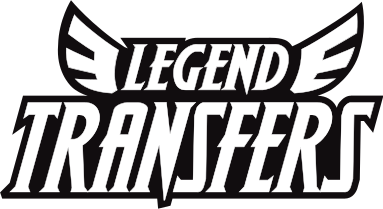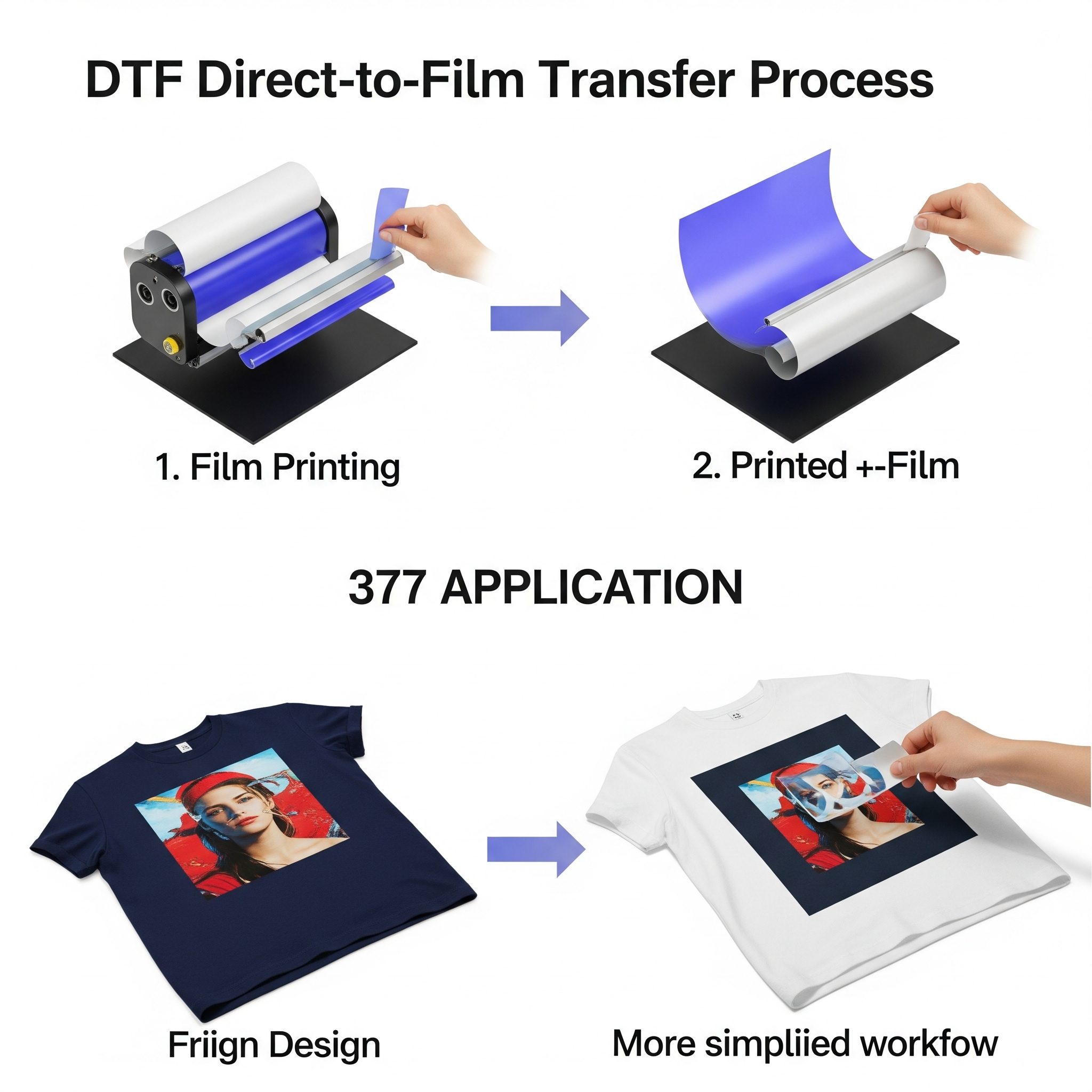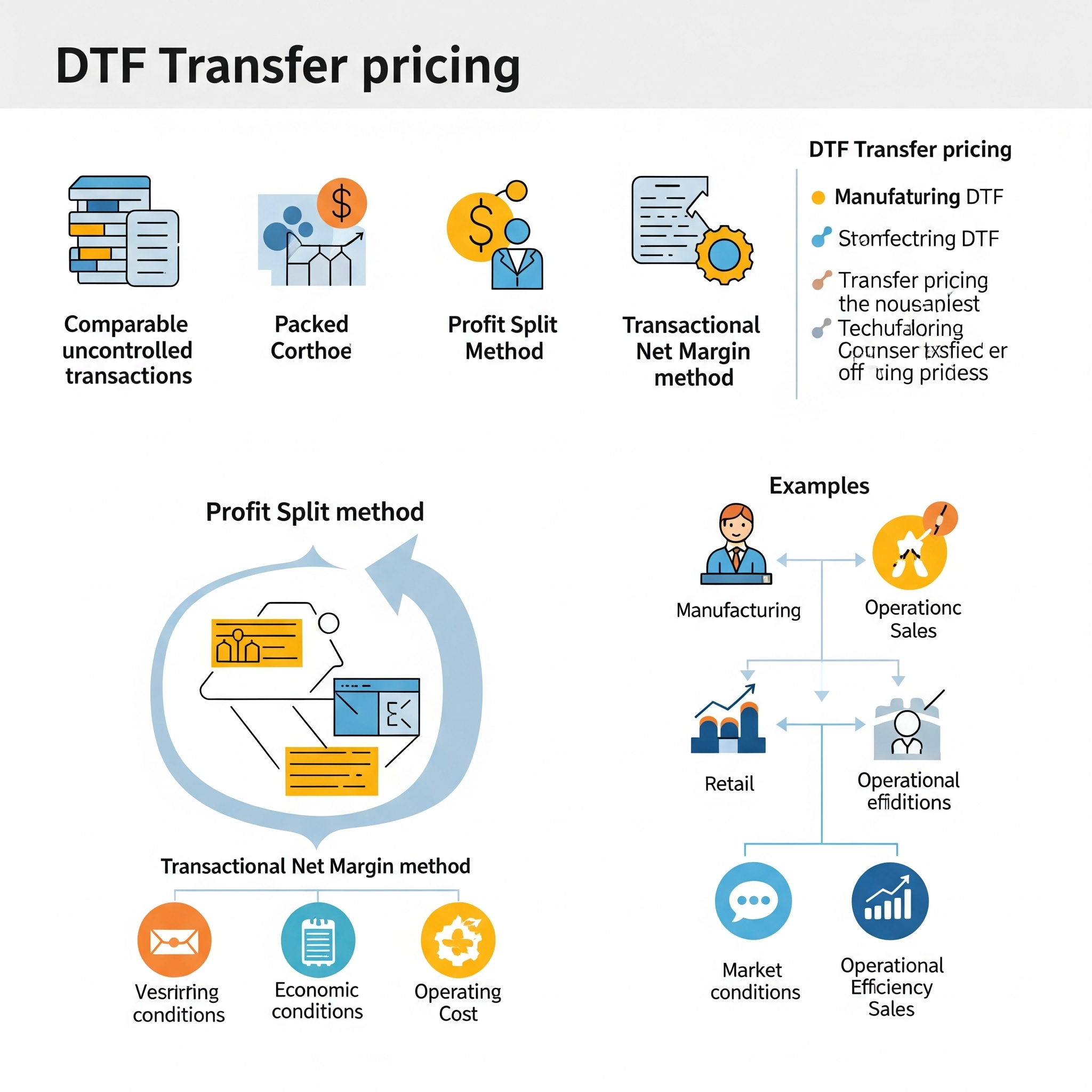DTF vs. Other Printing Methods: Which One is Right for Your Business?
Choosing the right custom printing method for your business is crucial. DTF vs. Other Printing Methods: Which One is Right for Your Business? Direct-to-Film (DTF) printing has gained significant attention. But how does it compare to other popular techniques? This article explores the benefits and drawbacks of DTF printing versus other printing methods. Understanding these will help you make an informed decision that suits your business needs.
What is DTF Printing?
DTF printing, or Direct-to-Film printing, involves printing designs onto a special PET film. This design is then transferred onto fabric using heat and adhesive powder. The versatility of this method makes it suitable for cotton, polyester, and blend fabrics. DTF printing ensures vibrant colors, high resolution, and long-lasting durability.
DTF Print Quality
One of the standout features of DTF prints is their exceptional quality. DTF prints deliver high-resolution results with vivid, sharp details. Even intricate designs or small text appear clear and precise. Unlike screen printing, DTF printing doesn’t require separate colors for each design, simplifying the process and allowing for faster, efficient printing.
DTF Printed vs. Screen Printing
Screen printing has long been popular for custom designs. While it creates vibrant colors, it requires separate screens for each color, making it more labor-intensive. DTF printing, however, eliminates this extra step. It’s faster, more efficient, and better suited for small runs or custom prints. For large batches of simple designs, screen printing may still be ideal, but DTF printing offers superior flexibility and better results for detailed, multicolor prints.
DTF Print Transfers vs. Sublimation
Sublimation printing transfers dye into fabric fibers using heat. It works well on polyester fabrics, particularly white or light-colored garments. However, DTF printing is more versatile and works on various fabric types, including cotton and dark fabrics. While sublimation offers excellent quality for polyester, DTF printing provides a broader range of materials for custom prints. This makes DTF printing the better choice when you need versatility and high-quality designs.
Benefits of DTF Prints
DTF prints stand out for their versatility. This method works on fabrics like cotton, polyester, and blends. It’s perfect for t-shirts, hoodies, tote bags, and even hard materials like acrylic. DTF printing results in durable prints that resist cracking, fading, and peeling. Additionally, DTF printing is ideal for short runs or custom designs, making it perfect for businesses that need flexibility without investing in large-scale setups.
Drawbacks of DTF Printing
Despite its many advantages, DTF printing has some drawbacks. It requires specialized equipment, such as a DTF printer and heat press. Businesses new to DTF may need to invest in this equipment upfront. Additionally, DTF printing involves several steps, such as applying adhesive powder and curing the film under heat. Once you’ve mastered the process, it’s efficient, but initial learning may take time.
DTF Printing vs. Direct-to-Garment (DTG) Printing
Another popular method is Direct-to-Garment (DTG) printing, which uses specialized inkjet technology. It offers vibrant, high-quality prints, but is limited to cotton fabrics and works best on light-colored garments. DTF printing, however, works on a broader range of fabrics, including polyester and dark materials. While DTG printing is excellent for cotton, DTF printing offers more versatility, making it ideal for diverse fabrics.
DTF Print Transfers for Small Businesses
For small businesses, DTF print transfers offer great advantages. They provide high-quality, custom prints on a variety of materials. Whether it’s for short runs or custom designs, DTF printing is cost-effective and ideal for small businesses. Unlike screen printing, which requires expensive setups, DTF printing only needs film, ink, and a heat press. This keeps costs low and makes custom apparel affordable for small businesses.
Choosing the Right Printing Method for Your Business
Choosing between DTF printing and other methods depends on your business needs. If versatility, fast production, and high-quality prints are key, DTF printing is an ideal choice. It works on various fabrics and supports detailed, multicolor designs. For large batches of simple designs, screen printing may still be the preferred method. Sublimation is perfect for vibrant prints on polyester, but DTF printing works across a wider range of materials.
Conclusion
DTF vs. Other Printing Methods: Which One is Right for Your Business? DTF printing offers numerous advantages, including flexibility, speed, and high-quality results. Compared to screen printing and sublimation, DTF prints offer greater versatility and the ability to print on a wide range of fabrics. Whether you’re a small business or a large operation, DTF printing provides a reliable, cost-effective solution. The right method ultimately depends on your business needs and the type of products you offer.









